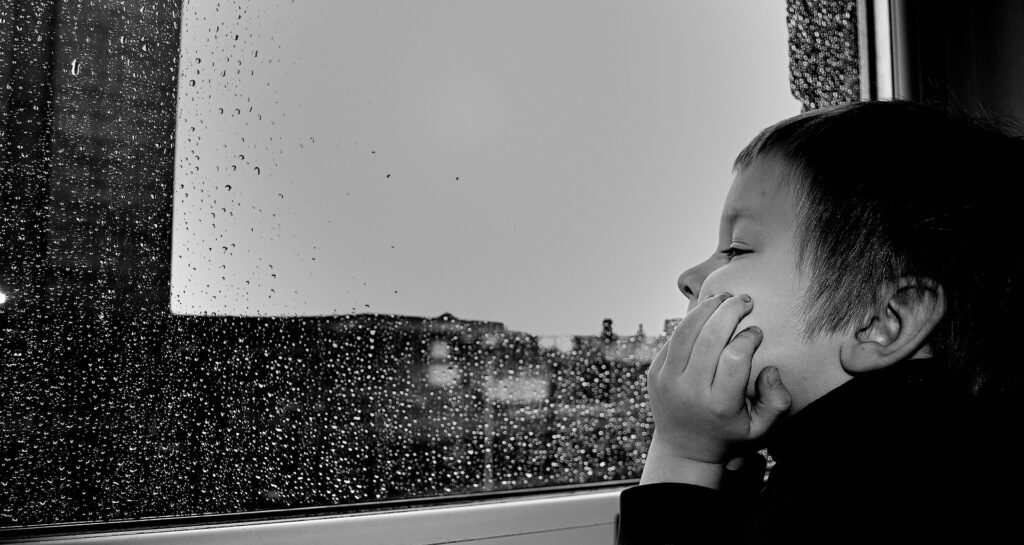
Equanimity. An exciting word. The last time I heard it was in my yoga teacher training. I always wince slightly at the subject of “accepting and embracing things”. If we always accept and embrace everything, how can anything ever change?
How can I accept things and still stay connected, stay engaged?
“Equanimity – not indifference,” my yoga teacher said.
I like that word.
I am always “equally animous” – no matter what situation I am facing. Animous is active, it means maintaining connection.
Equanimity means inner stability, no matter what blows up in my face on the outside. (And at the moment, a lot of things are blowing up in our faces again).
A stability and calmness that allows me to let something touch me – without it knocking me off my feet.
Equanimity is the calm centre.
Indifference and Indignation – this is what to my opinion can be found at the other two ends of the spectrum . Neither is helpful.
When I don’t care about anything, I have cut my connection to life and people. I have completely relinquished any control. Then nothing can fulfil me any more.
If I get upset about everything, I will find it difficult to think and act in a solution-oriented way because of my mental-emotional “state of emergency”. I may want to change something, but I cannot do effectively.
Equanimity, on the other hand, means adopting a peaceful attitude, first and foremost being at peace with myself. Only then can I consciously and self-determinedly direct my attention and energy to the things that are important to me, that I can change and that I want to change – so that I and the people around me feel better. This does not mean ignoring things – but not wasting valuable life time and energy on things that drag me down or that I cannot change.
To train equanimity (and this training never stops ;-)), you need three things:
- Take good care of yourself – without feeling bad about it! Being at peace with yourself means taking good care of yourself. This starts with being aware of our needs, expressing them and being able to stand by them. But it also means that we care enough about ourselves to take good care of our bodies – for example, to make sure we get enough sleep and exercise and healthy food. But “soul care” is also part of it. How do you talk to yourself? Who are the people you surround yourself with? And do you take time for yourself and the things that make you happy?
- Actively direct your attention – to the “right things”: Consciously choose what you want to spend your time for and what or who gets your attention. It is normal that we are distracted again and again, someone or something wants our attention or we might get angry. But it is important that we develop a feeling for when this happens – and can then consciously counteract it. Questions that help here are such as: “How do I feel about continuing to give this topic/person my attention now?” / “Is the attention well invested? Can I make a difference in this matter?” / “Do I want this?” / “Is this important to me?” — If it doesn’t feel good or it is something out of your control, it’s time to pull attention away. By the way, directing attention can be trained quite well with mindfulness exercises and meditation.
- Accept – sometimes also endure: We cannot get out of some situations – at least in the outer world. And there are many things we simply cannot change. Then it’s a matter of accepting and putting up with as little drama and excitement as possible. And if we have implemented point 1 well, we have enough reserves for this (but don’t forget to fill them up again afterwards :-))
“God, grant me the serenity to accept the things I cannot change,
Courage to change the things I can,
And wisdom to know the difference.”
Reinhold Niebuhr
I wish you from the bottom of my heart that you may succeed in strengthening your equanimity, cultivating serenity and finding the courage to stay connected.
Be kind to yourself!
Birgit









